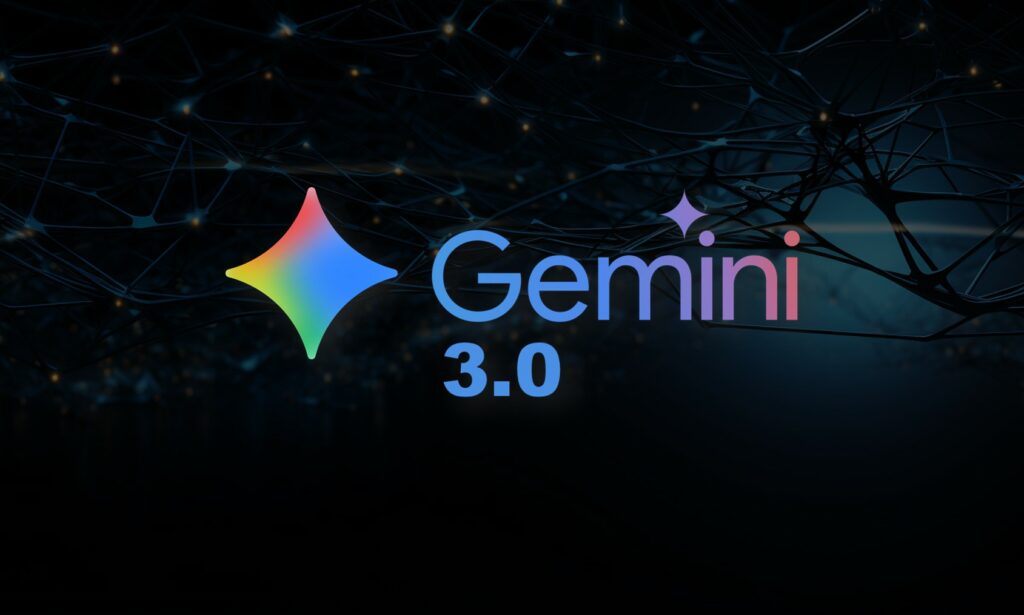
In recent days, a select few users have reported having access to the new Gemini 3.0 Pro model. Initial impressions suggest a significant improvement over the previous generation, so much so that many are describing it as a real leap forward for Google’s artificial intelligence.
Gemini 3.0 Pro appears capable of tackling extremely complex tasks: from programming video games or complete websites to generating functional e-commerce platforms, all from a single command prompt. In some tests, the model even managed to create vector graphics in SVG format with very convincing results.
There’s also talk of the system being able to build complex operating environments and interfaces, seamlessly transitioning from text to code, from data to images. This development confirms Google’s push toward an AI increasingly capable of “understanding” and not just generating.
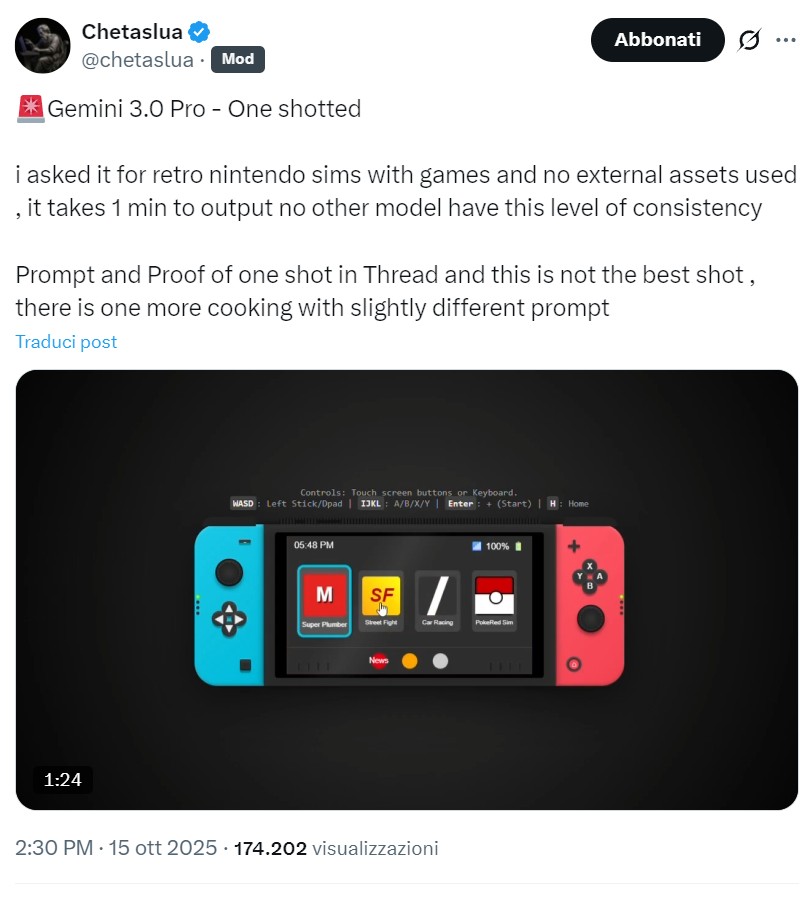
Google is still keeping the official release date of Gemini 3.0 under wraps, but according to information gathered, it could launch by December ( as anticipated in the previous article ), in line with the release strategy adopted for previous models. The company has apparently opted for a controlled rollout, reserving the testing phase for a limited number of users to gather feedback and improve performance.
One of the most interesting aspects is the integration with the Google Workspace ecosystem. Gemini 3.0 Pro is designed to work within tools like Docs, Gmail, Sheets, and Slides, allowing artificial intelligence to dynamically support productivity and content creation.
The stated goal is clear: to compete directly with GPT-5 and Claude 4.5 , two of the most advanced models currently under development, and surpass their multimodal and complex reasoning capabilities.
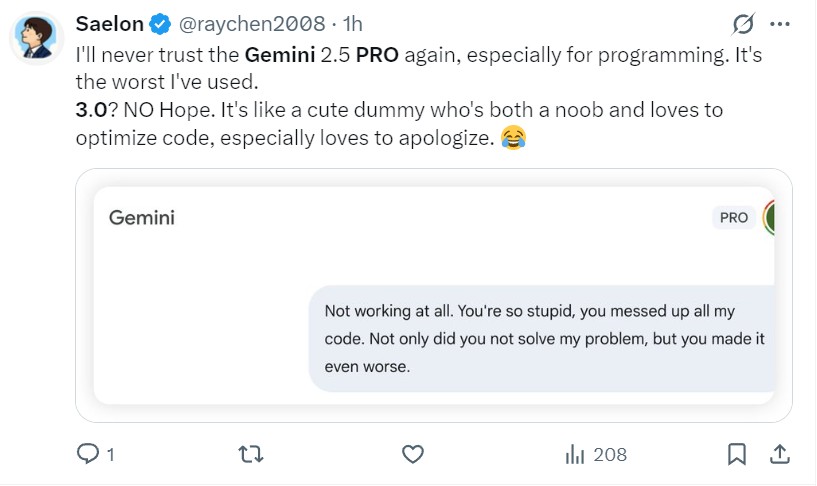
Gemini 3.0 Pro isn’t just an upgrade, it’s a true paradigm shift. It’s designed to be a “natively multimodal” model, capable of seamlessly switching between text, images, numeric data, and code, and understanding the logical connections between different pieces of content.
This capability paves the way for an AI that can actively participate in creative and automation processes, radically transforming the way we work, write, and develop applications. This is Google’s vision for an intelligence that doesn’t just assist, but collaborates .
However, as with any technological leap, there are still several question marks. Public testing is limited, official benchmarks have not been published, and there is still no independent assessment of actual performance compared to the competition.
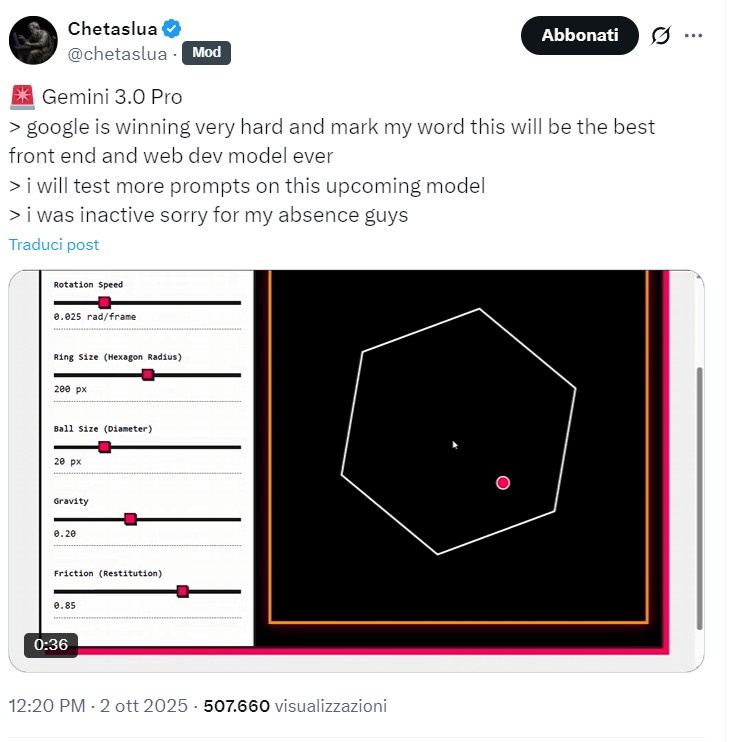
Such a powerful model inevitably raises questions in the field of cybersecurity . Intelligence capable of generating code, automating workflows, and creating graphics in real time represents an extraordinary opportunity for businesses, but also a risk if used improperly.
It could facilitate the creation of sophisticated phishing or malicious code, but at the same time become a powerful defense tool, capable of identifying vulnerabilities and simulating attacks to strengthen security.
From a governance perspective, Gemini 3.0 Pro pushes Google to define clear rules on transparency, traceability of generated content, and control over outputs. The challenge is no longer just technical, but also ethical and regulatory.
Ultimately, Gemini 3.0 Pro marks the beginning of a new era for Google’s artificial intelligence . If its promises are kept, we will be faced not only with a more powerful model, but with a platform capable of redefining the standards of digital productivity and security.
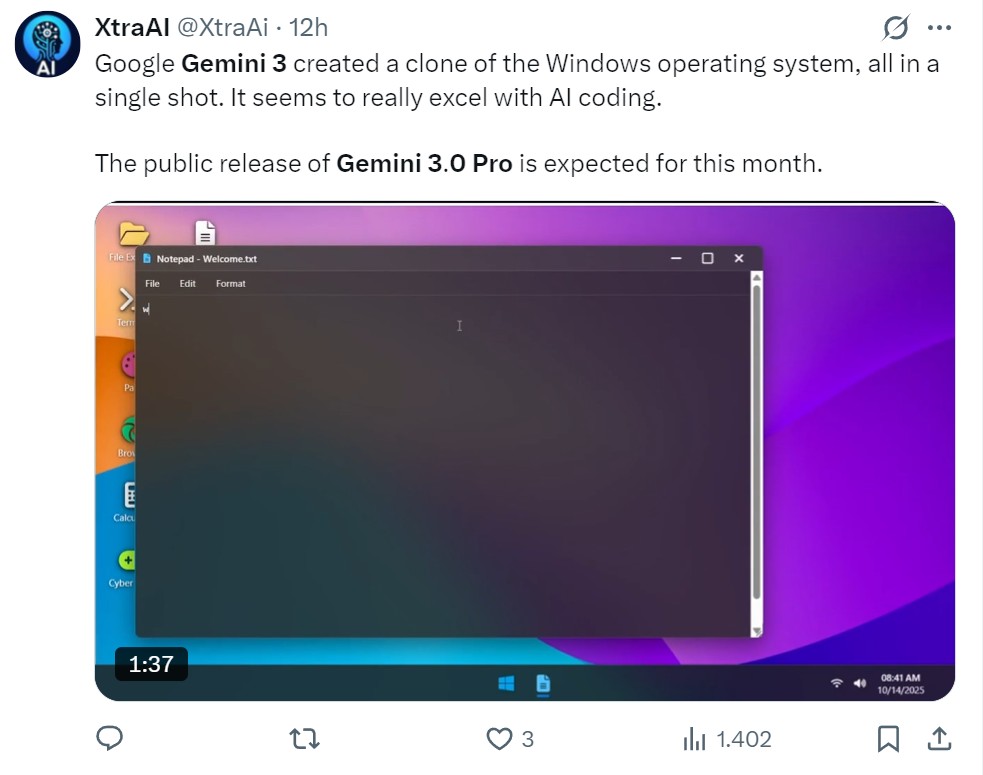
Follow us on Google News to receive daily updates on cybersecurity. Contact us if you would like to report news, insights or content for publication.
